Wanderlust Chronicles - Ep. 1 Argentina
Wanderlust Chronicles - Ep. 1 Argentina
I apologize in advance for any biased views about my country that may or may not reflect my passport or my nationality. :-)
This is not a travel guide including itinerary. It is rather some tips from one of the locals, wanting to share a (very, very small) part of my own country.
Why Argentina?
Argentina it's neither perfect, not close to being so, nor does it pretend to be so. And that is where its charm and beauty lies. No matter if you like big cities or small towns lost in the immensity; adventure tourism or family vacations; sea, mountains or deserts. There is something for all tastes.
The name Argentina comes from the latin word for silver, argentum. When the original Spanish conquerors first met the indigenous people in the region, they received silver objects as presents.
It's a country in which different cultures come together, ranging from European to Latin American, with amazing landscapes and traditions. Its history is a fusion of native people and the large European population that migrated to the country pre WWII, which resulted in an unreproducible blend.
Geographically, Argentina is extremely vast, being the 8th largest country in the world and the largest Spanish-speaking country. It has all possible climates and landscapes. To see it all in one trip is simply out of the question, so my first piece of advice is: don't even try.
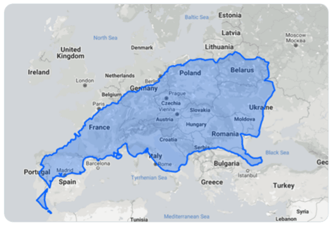
Preparation
It is recommended to have a consultation with a specialist in travel medicine prior to traveling. According to the kind of trip that is planned, the recommendations will be adapted to that.
For most people, it’ll be standard vaccinations. While there are no required vaccinations to enter the country, it’s recommended to be up to date with your Covid-19 vaccines.
Argentina has good health and dental services available and it’s affordable – sometimes even free, including for foreigners. But it was always very important to book trusty medical insurance before travelling anywhere.
Medical recommendations below.
Highlights
Buenos Aires
Most of the travelers enter the country through Buenos Aires. It is an incredibly vibrant, cosmopolitan city, rich in art, history, and culture, that offers an endless array of activities and events. Argentines and Porteños (natives of the capital) are very friendly, engaging, and open to foreigners who are curious about our way of life.
Tips:
- Taking time to sit in a "porteño" bar to have a coffee on the sidewalk and just watch the people passing by.
- Dance to the rhythm of the tango on "Caminito" street in the neighborhood of "La Boca".
- The Market or “Mercado” of San Telmo and its surroundings.
- Only for the bold ones: Argentine soccer. They say that nobody lives soccer like the Argentines. If you are lucky enough to be able to go to see a soccer match (the classic River-Boca or similar) it is an experience from another planet. It is a fascinating show, people are transformed and let their wild side flourish.
- La bomba del tiempo: a great show with live music on monday nights. Difficult to describe, but recommended. Only for people over 18 years old.
- Walking through the neighborhoods of Monserrat, Palermo, San Telmo, and Recoleta.


Northwest of Argentina (The area where I come from)
This is the most traditional region of Argentina, and an area where the size and influence of the indigenous population are still significant. El Noroeste Argentino – often referred to as NOA or simply “El Norte” is infinitely varied.
Tips:
- The Quebrada de Humahuaca Mountain Valley is a Unesco World Heritage Site.
- Purmamarca is a tiny village in the valley, whose majority of visitors come here to see the Cerro de los Siete Colores (Hill of the Seven Colors).
- The next stop after Purmamarca is Tilcara. With around 6,000 inhabitants, Tilcara can date its origins back to the pre-Inca era. It’s a charming little town.
- Cafayate, the circular route that begins in Salta and passes through Cafayate and Cachi before returning you to Salta is one of Argentina’s great road trips.
Note: Most of the recommended places are above 3500 meters above sea level, so you should be careful to avoid altitude sickness. Due to the altitude, the temperature is usually not high, but the sun is imperious and unforgiving. Remember to stay hydrated, use sunscreen and avoid prolonged exposure to the sun.
![Screenshot 2023-07-31 at 17-40-38 TuriMirth Internacional - ✈️ Feliz miércoles amigos viajeros ✈️ Continuamos con nuestro especial Imperdibles de Argentina y hoy los llevamos virtualmente a #Purmamarca Jujuy 🇦🇷 P[...]](https://reisemedizin.uzh.ch/hs-fs/hubfs/Screenshot%202023-07-31%20at%2017-40-38%20TuriMirth%20Internacional%20-%20%E2%9C%88%EF%B8%8F%20Feliz%20mi%C3%A9rcoles%20amigos%20viajeros%20%E2%9C%88%EF%B8%8F%20Continuamos%20con%20nuestro%20especial%20Imperdibles%20de%20Argentina%20y%20hoy%20los%20llevamos%20virtualmente%20a%20%23Purmamarca%20Jujuy%20%F0%9F%87%A6%F0%9F%87%B7%20P%5B...%5D.png?width=1114&height=1082&name=Screenshot%202023-07-31%20at%2017-40-38%20TuriMirth%20Internacional%20-%20%E2%9C%88%EF%B8%8F%20Feliz%20mi%C3%A9rcoles%20amigos%20viajeros%20%E2%9C%88%EF%B8%8F%20Continuamos%20con%20nuestro%20especial%20Imperdibles%20de%20Argentina%20y%20hoy%20los%20llevamos%20virtualmente%20a%20%23Purmamarca%20Jujuy%20%F0%9F%87%A6%F0%9F%87%B7%20P%5B...%5D.png)
Northeast of Argentina: Iguazu Falls
Iguazu Falls is one of the world’s most spectacular and impressive 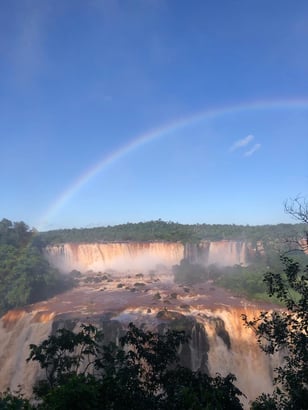 waterfalls, straddling the border between Argentina and Brazil in South America. With more than 275 individual cascades, Iguazu is actually the biggest waterfall system in the world.
waterfalls, straddling the border between Argentina and Brazil in South America. With more than 275 individual cascades, Iguazu is actually the biggest waterfall system in the world.
The upper and lower circuits at Iguazu both have some amazing panoramic views of the waterfall to enjoy, but in my opinion the very best thing to see in Argentina is the Devil’s Throat viewpoint (in Spanish: ‘Garganta Del Diablo’). There you can stand and gaze directly into the center of Iguazu Falls, which has a massive U-shaped curtain of water with a tremendous roaring sound and a cloud of mist.
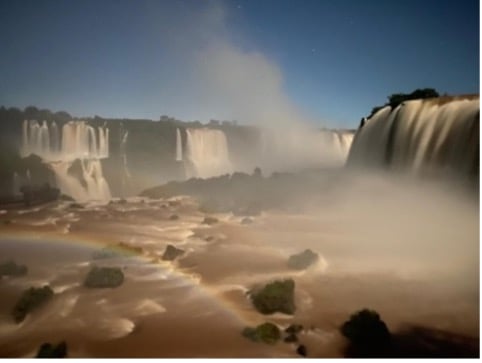
Cuyo: Mendoza
Mendoza is located in the foothills of the Andes and its Argentina's wine capital. Many visit Mendoza for the world-renowned wineries and vineyards but it's also a popular destination for outdoor activities.
No matter what cardinal point is chosen, Mendoza has everything. To the North, the high country circuit is an invitation to find Mount Aconcagua and all the paths that lead to the highest summit in America
The South can offer recreational activities and adventure sports in natural scenes such as world-class biking, climbing, skiing, hiking, and rafting.
Patagonia
It is one of the most diverse regions in the world and one of my all-time favorite places. The region covers an area of more than 1.000.000 square kilometers and contains pretty much everything from steppes, deserts, lakes, mountains, and glaciers. Its spine is the Andes Mountain range, the southern tip ends with Tierra del Fuego, which is considered the southernmost point of the world. This is truly a place to get away from the crowds.
It is easy to fall in love with Patagonia. But you need to know the weather conditions are harsh, public transport is often unreliable, and prices are much higher than the rest of Argentina. I would definitely suggest to rent a car if you want to move around freely in this region.
Tips:
- Puerto Madryn is a beautiful seaside town located right in the middle of one of the largest whale breeding bays in the world. Is a place where you can come watch whales swimming with their young ones only meters from the shore. Best time of the year to do this is June, July, and August.
-
Bariloche. This city is like a mini-Switzerland (keeping in mind cultural differences). As a matter of fact, there is a Swiss Colony created at the end of the 19th century by Swiss immigrants. Given the topographic diversity of Bariloche, hiking (Refugio Frey, Cerro Llao Llao, and Cerro Campanario are among the most popular treks) is a great place to visit.
- Perito Moreno Glacier is the 3rd largest ice field in the world. This glacier is unique too because it’s one of the very few in the world that’s actually growing. It’s located in Glaciares National Park near the town of El Calafate.
- Torres del Paine (I know it's in Chile, but since we are so nearby, why not?) is one the most famous national park in Patagonia, home to stunning hiking trails and breathtaking viewpoints.
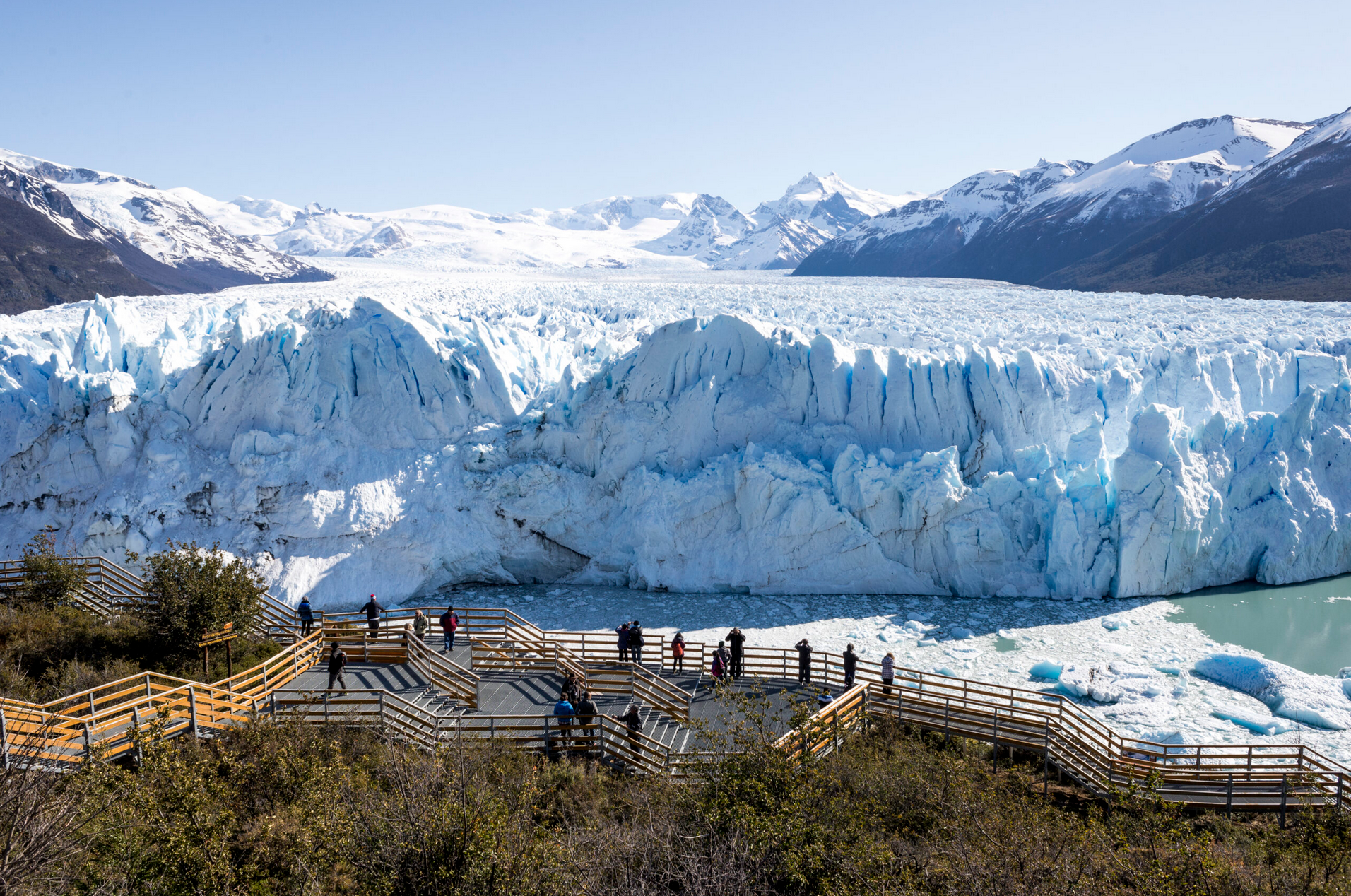

Food Recommendations (very important part)
- Asado is a common gathering of family and friends where typical Argentine meats are cooked.
- Provolone. Our own version of Raclette, its a disc of cheese that’s cooked on the grill and then served still bubbling in a small cast iron skillet.

- Empanada is a half-moon shaped pastry, made from dough and usually stuffed with savory fillings. This is my all-time favorite food. Specifically, the best Empadas are from Tucuman. If someone recommends something else, don't listen to them. They don't know what they are talking about.
- Humita is savory steamed fresh corn cakes made from a mixture of freshly ground corn, onion, garlic, cheese, eggs, and cream, which is placed inside corn husks and steamed.
- Dulce de leche, a creamy caramel sauce.
- Mate: not the one sold in supermarkets here in Switzerland - I mean the real one.
- Wine, especially Malbec.
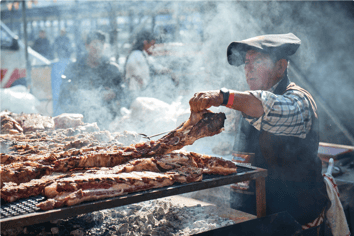
Lowlights
- Public transport is often unreliable.
- Safety and security:
- Though tourists are not always the main target, travelers should always take care to look after their possessions.
- Don’t flash around pricey cameras and phones. These items are expensive in Argentina and enticing for thieves.
- If something does happen, don’t fight back! Valuables can be replaced, your life cannot. Violent crimes do happen in Argentina.
Weather
Both the hottest and the coldest temperatures ever recorded on the South American continent have occurred in Argentina. This is evident in the great diversity of the climate throughout its extension.
It's best to visit between September and April (early spring through the beginning of fall). In the end, it will depend on where you decide to go, as the weather varies from region to region. But from spring to fall, you can generally find good weather around the country.
When choosing what to pack, don’t forget sunscreen, as the sun in Argentina is seriously strong.
Good to know
- It is always useful to prepare useful phrases in Spanish. Probably in touristic places you will always find someone who can speak English. But in more rural areas it can be more complicated. Also be warned, it is spoken with an Argentinean accent that has the double l “ll” and “y” pronounced as a “sh”. Also, the “vosotros” verb form is not used.
Although not everyone can speak English, Argentines are very friendly people. Whenever you need assistance or directions, do not hesitate to ask for help. - Dinner is late. Normally everyone starts dinner no earlier than 9:00 pm.
- The best way to handle your travel money in Argentina is to bring cash with you, specifically U.S. dollars or Euros. This is how you’ll get the best exchange rate in Argentina. I usually recommend arriving with at least a small amount of cash, and always having cash on hand when visiting rural areas.
- ATM Machines are only found in the larger cities, they do not always work, and charge high fees.
Have a good trip!
-----------------------------------------------------------------
Do I need to get vaccinated against Yellow fever?
Yellow fever vaccination is not required for entry into the country.
In general, this vaccination is recommended for travellers over nine months of age travelling to the Northern parts of Argentina bordering Brazil and Paraguay (Corrientes and Misiones Provinces). Generally, not recommended for travel to the Province of Formosa and certain areas of the Provinces of Chaco, Jujuy, and Salta. Not recommended for travel limited to provinces and areas not listed above.
What other vaccinations are recommended?
Basically, all basic vaccinations according to the Swiss vaccination schedule, as well as protection against Hepatitis A and Hepatitis B are recommended.
What about malaria - do I need prophylaxis?
The country is declared Malaria-free since 2019. However, you should still protect yourself against mosquitoes, as other Insect-borne diseases (including Dengue, Chagas, Chikungunya and Zika) are common in the north of Argentina and as far south as Buenos Aires and can be transmitted by mosquito bites.
What is the best way to protect myself against mosquitoes?
Day and night you should protect yourself well against mosquitoes. It is best to wear light-colored long-sleeved clothes impregnated with insecticide (Nobite® Textile). Repellents (Anti-Brumm®, at least 30% DEET) should be applied to the skin regularly and after sunscreen. We recommend sleeping at night under (impregnated) mosquito net or with running air conditioner.
What is the state of food hygiene on site?
Argentina has a clean water supply and good food hygiene standards in the tourist areas. Tap water is considered safe to drink in most parts of the country, but “standards” vary greatly specially in smaller towns.
Its recommended to drink only filtered water and avoid eating uncooked, raw or unboiled food ("cook it, boil it, peel it or leave it").
Typhoid fever is not endemic in Argentina but there are rare cases linked with poor food hygiene, especially in developing/rural areas. Typhoid vaccination (Vivotif®) should be carried out especially for backpackers and for long-term stays.
Should you get vaccinated against rabies?
Vaccination before travel is highly recommended in particular for: Children under 8 years of age should be vaccinated, long-term stay (if there is a plan to travel to non-urbanized areas.), short journeys with high individual risk such as travellers on ‘two wheels’ or treks in remote areas and professional work with animals or cave explorers. Other cases require an individual risk assessment.
Can I get altitude sickness in Argentina?
Si! Especially in the Northwest or if there are any mountain trekking planned. Most of these places are at least 2500 meters above sea level.
While you cannot prepare for and prevent altitude sickness ahead of time, you can work on acclimatization during the excursion. Essentially, this involves giving the body time to get used to the new oxygen content by traveling at a slow pace and remaining at certain altitudes with the body acclimates. As a general rule, once you reach an altitude of 3,000 meters, advance only 300 meters or less each day. In addition, take an extra day of rest for each subsequent 1,000 meters.
What else do I need to know?
Hantavirus is widespread in some regions. It's spread through contact with infected rodents. Avoid contact with live or dead rodents, nests, burrows and animal faeces.
Trichinellosis: Refrain from eating artisanal, non-certified or street-sold sausages. Cook pork and game thoroughly before eating. Trichinae are killed by heating above 70°C for more than 1 minute. Smoking, curing and drying are not safe measures to kill larvae.

